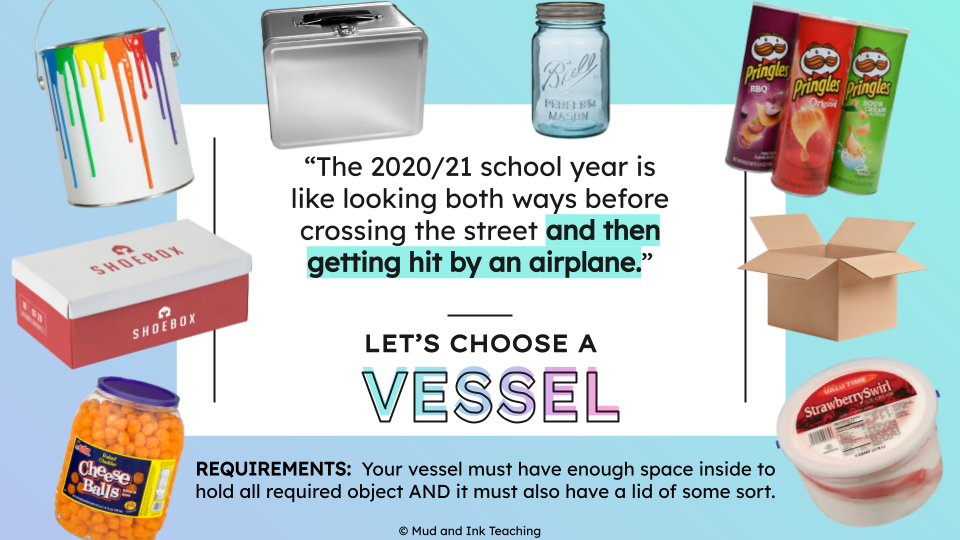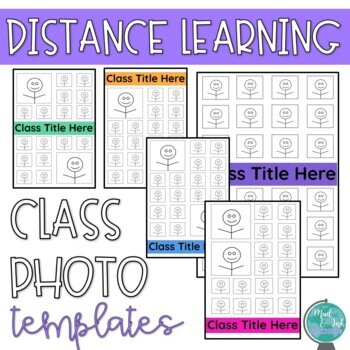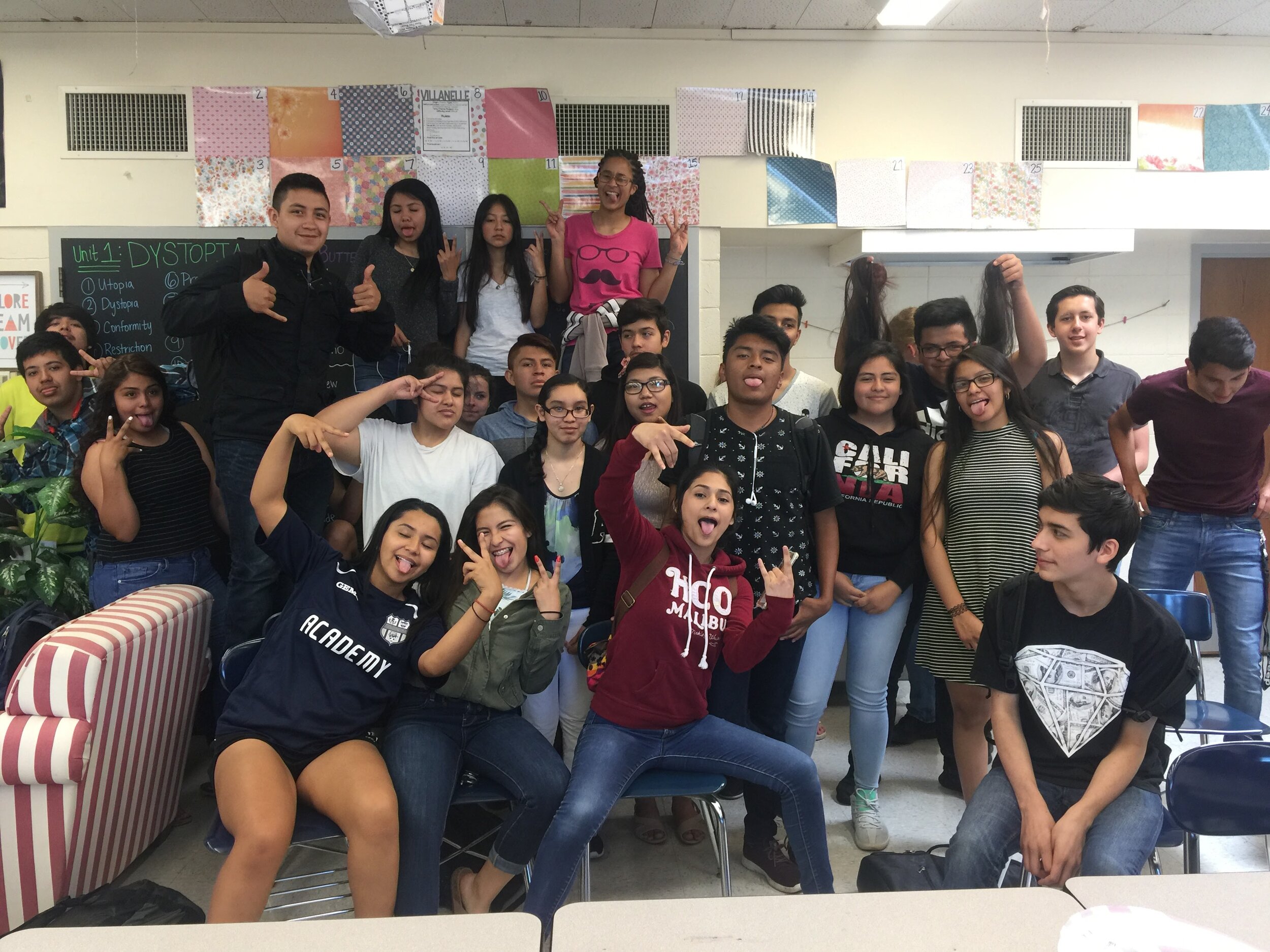10 Ideas for a Fun, Reflective End of the Year Activity
Every year of teaching, I struggle with creating a meaningful end for my students. I mix and match, create new activities, and always try to feel out what the right energy is to ride out into the summer. Over the years, I’ve come up with some favorites that I return to time and time again, and to help share my favorite ideas, I also asked my #teachergram friends to share theirs, too! Welcome to the BIG LIST of end of the year activities! Please feel free to add your own ideas in the comments below OR tell us which idea you’re using from the list!
1. LAST DAY OF SCHOOL STATIONS
The last actual day of school can be a surprisingly awkward day — do you know what I mean? Class parties, extra time after an exam, extra time after presentations: each of these scenarios has some of my classes unsure how to handle unstructured social time. One of my favorite ways to loosely structure some social, fun activities is by using stations. My end of the year stations are purely fun, reflection activities and they keep kids doing something that would otherwise be sitting in a desk staring out a window.
2. FAMOUS LAST LINES: END OF YEAR COUNTDOWN
Have you ever considered studying the different ways that a story can end? I love looking at this at our actual end of the year together. From stories that set up a sequel to stories that leave us on a cliff hanger and stories that end with someone dying or getting married, there are so many different ways for stories to end. This sets us up to suggest to students the idea of choosing how they want things to end. How do they want their freshman year to end? Their senior? As a quick beginning of class activity that let’s us do something slightly academic but also gives us a fun way to count down to the end of the year, I make an old-school paper chain of famous last lines from literature and film. I hang the paper chain in the room and read a “famous last line” to my kids every day. We have a brief discussion about it (some years its a full-on bell ringer!) and we post the lines on my bulletin board.
3. CLASS BEST BALLOTS
“I have 5 categories the kids vote on (Most Helpful; Best Attitude; Most Polite; Hardest Working; Most Likely to Ask Mrs. Platt an Irrelevant Question). There are also some special categories that they don’t get to vote on (Most Improved; some others that are funny or just fit a certain kid, like this year “Most Likely to Try to Get Into Zoom 10 Minutes Early”). I tally them up and make certificates to award right after they finish their final. I have the kids guess who won for each category; they love it. Then we take a big class picture with anyone who got an award holding up their certificate. Bonus: when they’re seniors, I send those pics to our Yearbook teacher to include in the Senior Slideshow. Last year (online of course) the seniors were dying laughing at how they’ve changed.:
— ASHLEY P @plattsclassroom
4. SYNTHESIS TIME CAPSULE PROJECT
Time capsules are not reserved for elementary kids only! At the end of the year, I use the idea of a time capsule to help my students synthesize what they’ve learned from studying each of our unit Essential Questions (artifacts that reflect that learning go inside the time capsule), and reflecting on how the world around them shaped and influenced their identities is depicted on the outside of the capsule. We then wrap the year up with a two-day socratic seminar style discussion sharing those reflections with each other.
5. GO BACK TO THE BEGINNING
As the school year comes to a close, I ask my sophomores and juniors to go back to their very first writing from the class. Then, we compare that writing to our most-recent work and list all the ways we have grown as writers. Using our writing skills, students write a letter to my future students. I pass the letters on each year, so students get a bundle of letters from past students. Over time, letters get lost or ruined, but there are enough at this point, that each in-coming student gets at least 2-3. It's a great way to provide closure for this year while looking ahead to the future.
—Kristi M. from moore-english.com
6. PREPARING FOR SUMMER READING
Summer reading is something that many schools struggle to implement in a meaningful way. I’ve talked at length about some ways to foster literacy over the summer, but planning for that starts well before the last month of school. I share research and data with students about the realities of the summer slide and we do everything in our power to make summer literacy fun, game-ified, and something that everyone is on board with. Check out my BINGO games and poster campaign for #stopsummerslide!
7. LETTER WRITING
“For our 9th graders, we had them write a letter to their future selves. They submitted it digitally, as we were all teaching digitally by the end of last year. When they are seniors, we will be able to return these letters. Since we are back in person now, I think I will make it a little more involved, and I may also do it on paper. But it was the most open my students had been all year.”
— KIM B. @kimlbenefield
“8th grade students write letters to teachers and staff of choice to either thank or apologize. We then print them and send them to the teachers individually and make a magazine with them all collectively.”
— BRITTANY B @Bmoski925
“I teach grade 10 at a vocational high school. Two things I end the year with that directly help next year’s 10 graders is a letter to next year’s 10th graders. They write tips and tricks to surviving grade 10 both in my class but overall. Another end of the year activity is they leave a best book of the year review, which goes into a binder for my future students to look through for my classroom library. It’s a great opportunity to celebrate the reading they accomplished that year and also gives future students a helpful book review. This year, because of remote learning, these two tasks will probably be their final assessment.”
— KRISTIN S @Eatbooks4breakfast
8. GO OUTSIDE AND BE ACTIVE
I always end the year (freshman English) with Romeo and Juliet. I have them “relay” act out act 5 (they all perform, even as corpses), and they love it. (I teach them stage combat and other drama things along the way), and we wrap up with a Socratic seminar centered on our essential question: Who is responsible for the deaths of Romeo and Juliet? Literally every year, kids LOVE IT. I’m fortunate(?) that I have all students in person now (3ft apart), so I am able to go outside with them and do this active unit! So here is my advice: Go outside. Be active. Move around—even if it’s only for five minutes!
— ALEXANDRA M @whatminkthinks
9. TAKE A CLASS PHOTO
Whether it’s a quick picture that we throw together last minute or one that I work to assemble during hybrid/virtual teaching, every year I try to take pictures with each of my classes. Looking back at them always brings me so much peace, joy, and pride.
During the first round of pandemic teaching, I couldn’t gather kids together for a photo, so I created a template and dropped selfies of each of my students into the frames and created a “class photo” that I was able to post on Google Classroom and print out so kids could come back the next year and see it!
One of the last classes I taught at my first school. Ahh.. the memories!
10. PLAN FOR THE FIRST DAY back
This is not a tip for something to do with your students, but rather, a really important tip for you! Before leaving on the last day of school, decide what you’ll be doing on the first few days of school. Seriously. Don’t let that stress or pressure linger over your head on your summer break. Make a decision, make copies, and leave knowing that your first few days are ready to go! Trust me, you’ll thank me in August!

































